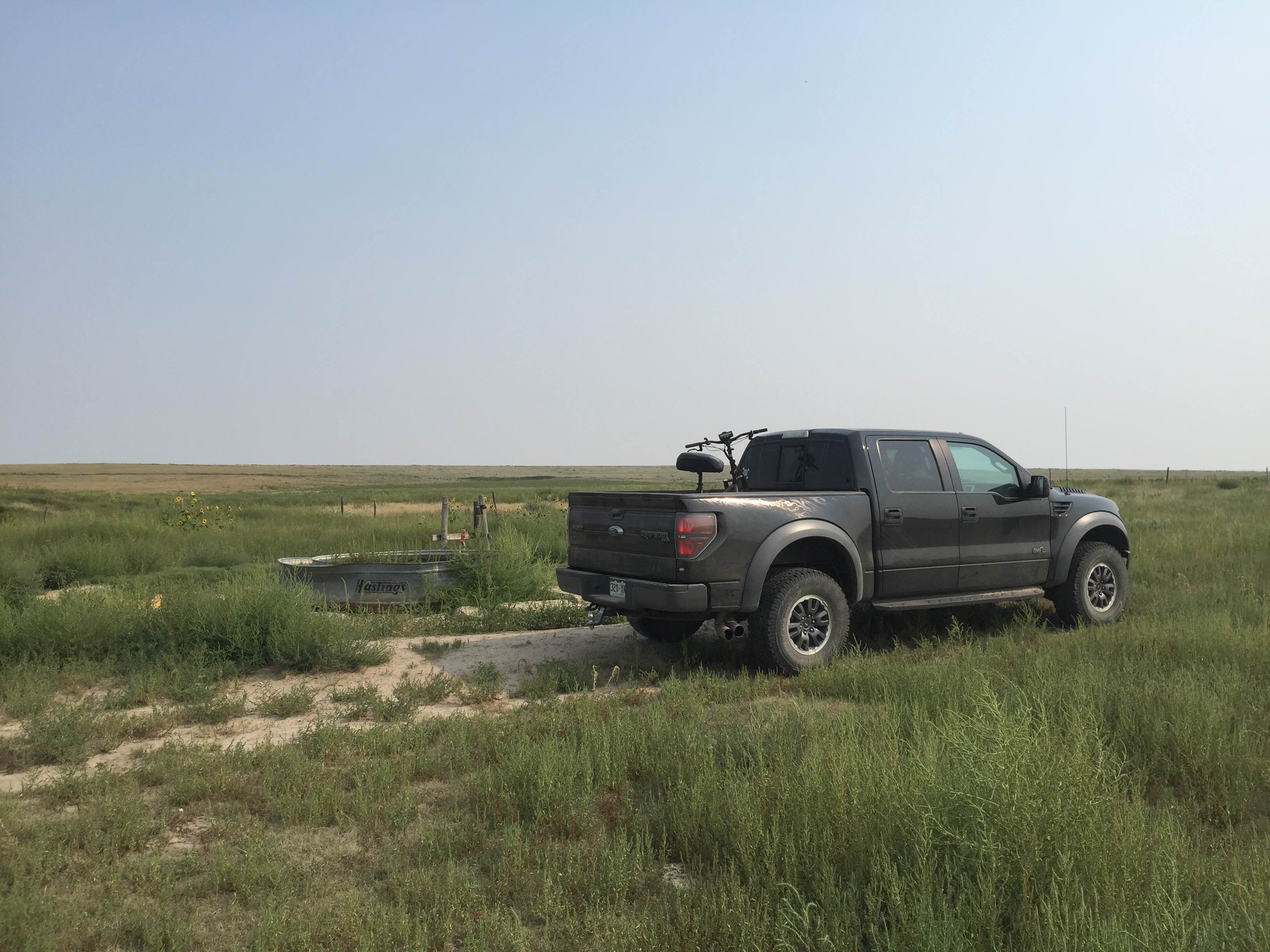transition wild
Off

I remember the first day I arrived in central Kansas last November and the immediate thought that ran through my mind while gazing across an open prairie was “Deer actually live out here? Where are all the trees and thick bedding areas? Where do they hide?”
My hunting partner and I stepped out of the truck for the first morning of scouting and we were about as lost as a couple of newborn puppies separated from their mother. All we could see were tall grass fields, a few scattered trees and an everlasting open prairie. After exploring the surrounding area for 20 minutes, we were convinced that deer just simply didn’t exist in this part of the state. We jumped in the truck and started heading to a different area and out of nowhere, a 160 inch buck with all sorts of trash ran across the road in front of us chasing a doe. I had never been so excited and confused at the same time. Those deer literally appeared out of thin air!
The last described scenario took place on public land. If you are hunting Eastern Kansas, then this article wont hold as much weight because the Eastern side is much like Michigan; lots of woods and crop fields with not much open ground.
This year I have the luxury of hunting some private ground on the Western side of Kanas and will be adjusting my hunting strategies accordingly. Here are four key tactics to implement while hunting during the early season on the West side of the state.
#1 – Hunt the Water Sources
Western Kansas is very dry with limited water sources so my early season strategy while the weather is hot will be focused around water. The majority of river beds on the western side are dry and standing water is scarce so if you are able to located a good water location, your plan should be focused around this.
During my last scouting endeavor I was able to locate a half-full water tank and since there are no cows in the pasture, the deer are taking advantage of this resource! My Covert Scouting Cameras had some great things to show me last weekend after the first card pull; view the pictures on my Facebook page, HERE!
#2 – Less Hunting and More Scouting
Hunting a new property is tough, especially when you don’t have any clue as to how the deer utilize the property and where the common travel routes are. Aerial and topography maps will only tell you so much before you have to put boots on the ground. I will be spending a good amount of time glassing from afar in the mornings and evenings until I have a good idea of how the deer are entering and exiting the property. When I do set out to hunt, my tree stand placements will be easily accessible with minimal risk of bumping deer.
I will also spend a good amount of time driving around the neighboring properties to get a better understanding of the surrounding area and how the property I’m hunting fits into the big picture of deer movement.
#3 – Find A Good Vantage Point
This tactic coincides with the “more scouting and less hunting” rule mentioned above but it’s definitely worth mentioning. Western Kansas tracts of land are so vast, meaning there is a lot of ground to cover. The best place to scout from is the highest vantage point or the spot where you can look over more ground. This really helped us learn the deer movements last year and played a key role for spot and stalk hunting later in the rut.
I put together a quick 2 minute highlight video of our hunting trip in Kansas last November. Click the video below and watch me put a stalk on a nice public land 8 point buck!
#4 – Wind, Entry/Exit, Food, Bedding and Travel Routes
The words mentioned above are pretty self explanatory and are applicable to any deer hunting scenario no matter where you hunt. Play the wind and plan your entry and exit routes to your stand locations so that you go undetected. Locate the food and the bedding areas and hunt the places in between. Pretty simple, right?? 😉
In my next blog post I will break down my strategy and exact game plan for hunting the biggest buck on the farm. This will highlight my tree stand placement and entry and exit routes in coordination with the right wind. Stay tuned!
-Adam
Pingback: 3 Tips For Spot And Stalk Whitetail Hunting With A Bow – Transition Wild()